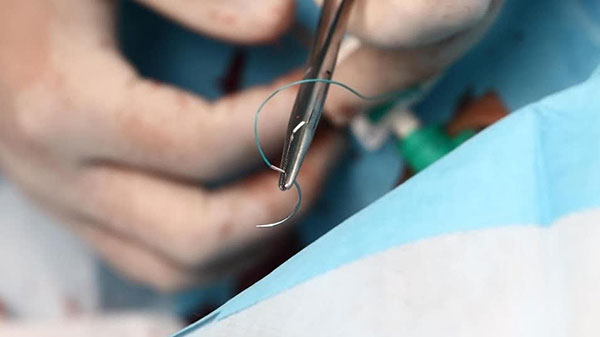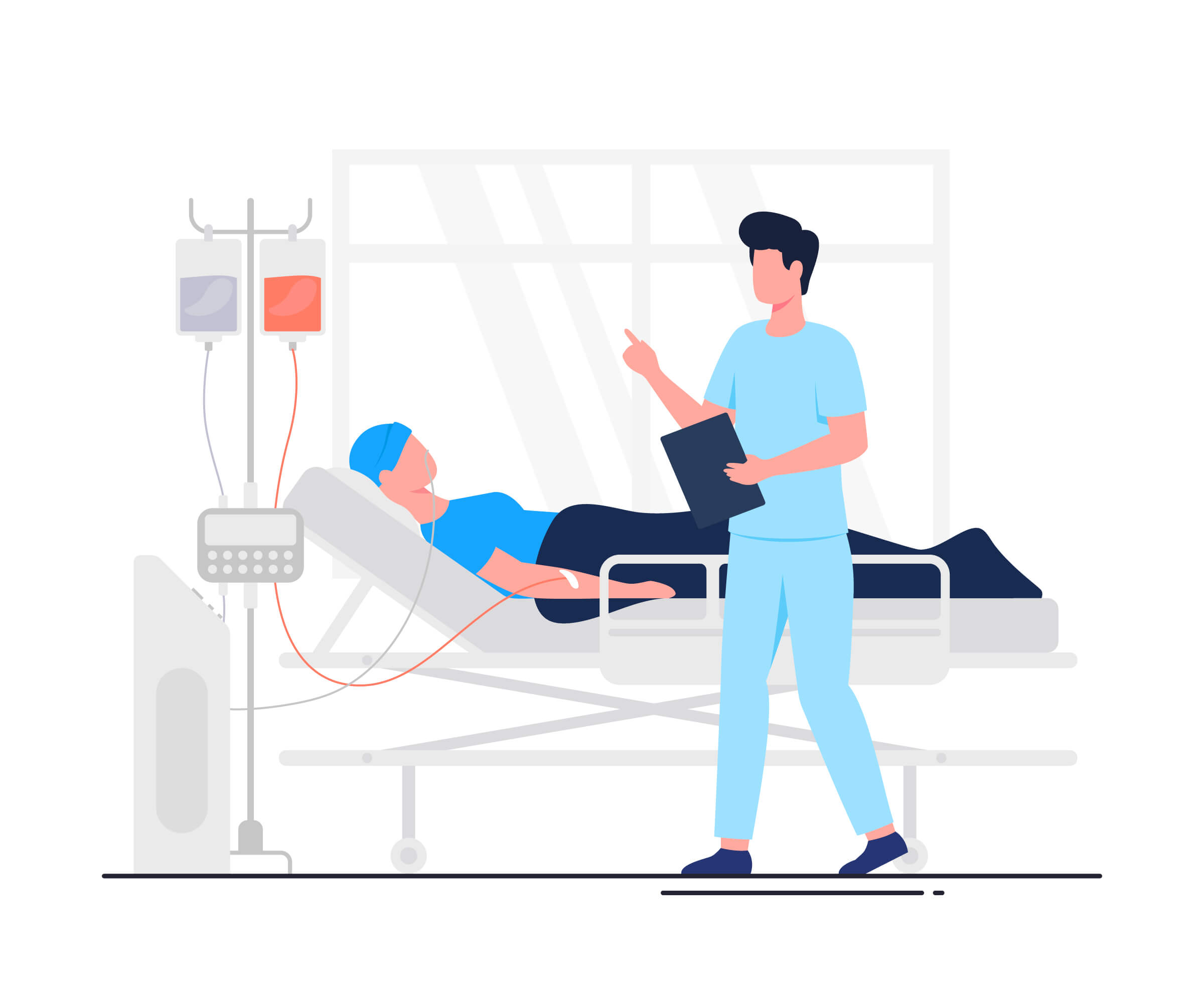A Guide on Dealing with Cuts and Lacerations after a Truck Accident
Whether you've been injured in an accident, are dealing with a personal injury claim, or facing another legal issue, Mendez & Sanchez APC is here to fight for you. Contact us today for a free, no-obligation consultation.
Call Us Now
Being involved in a truck accident is a traumatic experience. Not only can it cause severe physical and emotional injuries, but it can also leave you with cuts and lacerations that require medical attention. Whether you were a driver, passenger, or pedestrian involved in a truck accident, cuts and lacerations are common injuries that can occur due to the impact of the collision.
In this article, we'll explore the causes and effects of cuts and lacerations after a truck accident, as well as treatment options and tips for managing your recovery.
What are Cuts and Lacerations?
Cuts and lacerations are two types of injuries that involve damage to the skin. A cut, also known as an incision, is a clean, straight-edged wound that occurs when the skin is sliced by a sharp object such as a knife, razor blade, or piece of broken glass. Cuts can range from superficial and small to deep and long, and they can be painful and bleed profusely, depending on their severity.
A laceration, on the other hand, is a jagged, irregular wound that occurs when the skin is torn or ripped, often by a blunt object such as a piece of metal or a shard of glass. Lacerations can be deep or shallow, and they can be accompanied by bruising, swelling, and bleeding.
Both cuts and lacerations can occur in a variety of settings, including in truck accidents. In the context of a truck accident, cuts and lacerations can result from broken glass, sharp metal objects, or debris from the collision. These injuries can range in severity from minor cuts that can be treated with a bandage to deep lacerations that require sutures or surgery to heal properly.
It's important to seek medical attention if you have a cut or laceration that is deep, large, or bleeding heavily. In some cases, stitches or other medical treatment may be necessary to promote proper healing and prevent infection.
Symptoms of Cuts and Lacerations
The symptoms of cuts and lacerations can vary depending on the severity of the injury. Some common symptoms include:
1. Pain or tenderness at the site of the injury
2. Swelling or inflammation
3. Bleeding or oozing of blood.
4. Redness or discoloration of the skin
5. Numbness or tingling in the affected area.
If you experience any of these symptoms after a truck accident, it's essential to seek medical attention as soon as possible.
Treatment for Cuts and Lacerations
The treatment options for cuts and lacerations after a truck accident will depend on the severity of the injury. Some minor cuts and scrapes can be treated at home with basic first aid, while more severe wounds may require medical attention from a doctor or other healthcare professional.
For minor cuts and scrapes, the following steps can be taken:
1. Clean the wound: Use clean water to rinse the wound thoroughly and remove any debris or dirt.
2. Apply pressure: Use a clean cloth or bandage to apply gentle pressure to the wound to stop any bleeding.
3. Apply antiseptic: Apply an antiseptic ointment or cream to the wound to prevent infection.
4. Cover the wound: Use a sterile bandage or gauze pad to cover the wound and protect it from further injury.
For more severe cuts and lacerations, medical treatment may be necessary. This can include:
1. Stitches: If the wound is deep or gaping, stitches may be required to close the wound and promote healing.
2. Tetanus shot: If the wound is caused by a rusty or dirty object, a tetanus shot may be necessary to prevent infection.
3. Antibiotics: If the wound is infected, antibiotics may be prescribed to help fight the infection.
4. Surgery: In rare cases, surgery may be necessary to repair a deep or complex wound.

Risks of Ignoring Cuts and Lacerations
If left untreated, cuts and lacerations can lead to a range of potential consequences, some of which can be serious or even life-threatening. Here are a few examples:
1. Infection: Any break in the skin can provide a pathway for bacteria or other microorganisms to enter the body, potentially leading to infection. If a cut or laceration is not properly cleaned and treated, it can become infected, causing redness, swelling, warmth, and tenderness in the affected area. In some cases, the infection can spread to other parts of the body and lead to more serious complications.
2. Delayed healing: Without proper treatment, cuts and lacerations may take longer to heal, leading to prolonged pain, discomfort, and inconvenience. In some cases, the wound may not heal at all, potentially leading to chronic pain or other long-term complications.
3. Scarring: Depending on the size and location of the cut or laceration, it may leave a visible scar, which can be unsightly or uncomfortable. While some scars may fade over time, others may be permanent and affect the person's self-esteem or confidence.
4. Blood loss: Deep cuts or lacerations that are not properly treated can lead to significant blood loss, which can be dangerous or even life-threatening, particularly if the person is unable to stop the bleeding or receive medical attention in a timely manner.
In short, it's important to take cuts and lacerations seriously and seek medical attention if necessary. Even minor injuries should be cleaned and treated properly to avoid potential complications down the line.
Tips for Managing Your Recovery
If you've suffered cuts and lacerations after a truck accident, managing your recovery can be a challenging and overwhelming process. Here are some tips to help you navigate this difficult time:
1. Follow your doctor's instructions: It's essential to follow your doctor's instructions for wound care, medication, and follow-up appointments.
2. Rest and recuperate: Take time to rest and recuperate after your accident. Give your body time to heal and recover from your injuries.
3. Seek emotional support: Dealing with the aftermath of a truck accident can be emotionally challenging. Consider seeking support from a therapist or counselor to help you cope with the psychological effects of the accident.
4. Stay organized: Keep track of your medical records, bills, and other documentation related to your injuries. This will help you stay organized and provide evidence if you decide to pursue legal action against the responsible party.
5. Consider legal options: If you've been injured in a truck accident due to the negligence of another party, you may be entitled to compensation for your medical expenses, lost wages, and other damages. Consider consulting with a personal injury lawyer to explore your legal options.

Preventing Cuts and Lacerations in Future Accidents
While it's impossible to prevent every truck accident, there are steps you can take to reduce your risk of cuts and lacerations in future accidents. These include:
1. Wearing a seatbelt: A seatbelt can help protect you from flying debris or broken glass in the event of a collision.
2. Avoiding distractions: Distracted driving is a leading cause of truck accidents. Avoid distractions such as texting or talking on the phone while driving.
3. Obeying traffic laws: Following traffic laws and driving defensively can help reduce your risk of being involved in a truck accident.
4. Maintaining your vehicle: Proper vehicle maintenance can help prevent mechanical failures that can lead to accidents.
Conclusion
Dealing with cuts and lacerations after a truck accident can be a challenging and painful process. However, by understanding the causes and effects of these injuries, seeking prompt medical treatment, and following your doctor's instructions, you can manage your recovery and get back to your daily life. If you've been injured in a truck accident due to the negligence of another party, consider consulting with an expert truck accident lawyer to explore your legal options. Remember, your health and well-being should always come first.
Credits: Main Image by prostooleh on Freepik


